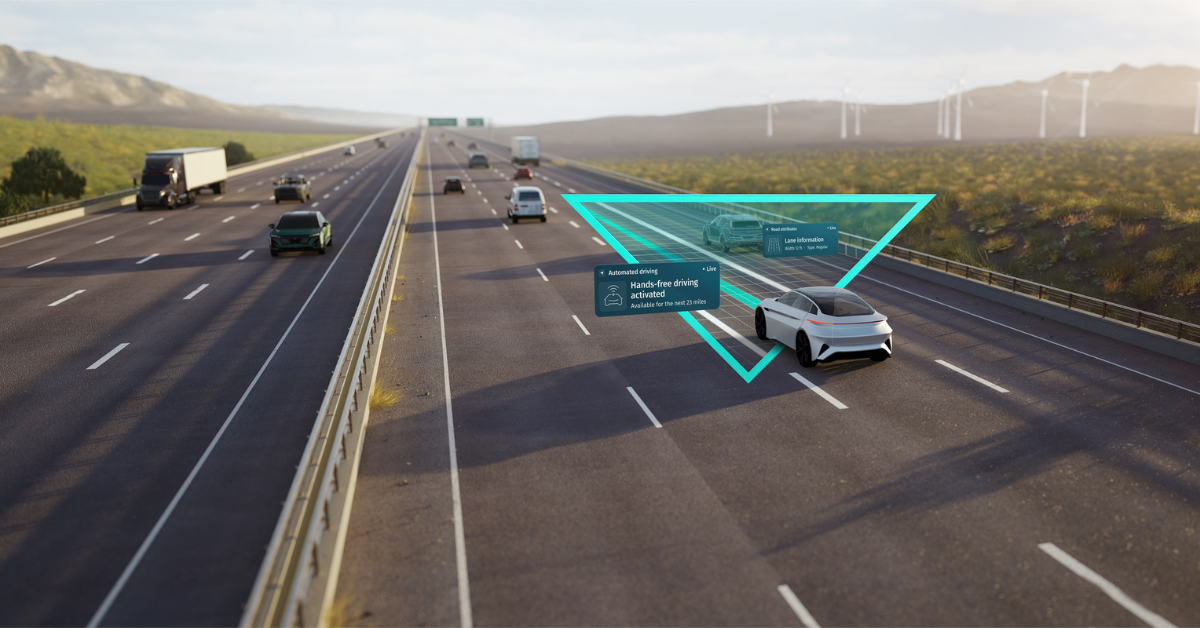Next level traffic information services with new sensor data
That TomTom is using real-time GPS-derived information to create highly accurate traffic data and digital maps is not earth-shattering news any more, but in an increasingly demanding society that insists upon real-time maps and perfectly contextual information in order for an ADAS-enabled vehicle to function, there is a clear requirement for new sources of data, said Brouwer, who highlighted his firm’s innovative approach to digital mapping, among other initiatives.
TomTom’s transition from a hardware company (specifically satellite navigation technologies) to a software provider and geolocation specialist has seen more emphasis being placed on the accuracy, timeliness and quality of data, meaning that Brouwer and his colleagues are constantly searching for new ways to harvest and provide it in the fastest way possible.
“Customers want more map data and traffic data and they want it delivered faster and faster. They want more context and more safety-related information and although floating car data gives you speed information, it doesn’t put it in context. Sensor-derived data, from cameras in the grille or behind the mirror, means that we see everything, for example dynamic speed limits, which is really cool, and vehicles standing still on the hard shoulder. Using that information makes our maps better and our traffic data better as a result.”
Another advance, although not quite so new, is TomTom’s Real Time Jam Tail Warning System. It’s a self-explanatory product that alerts drivers when they’re approaching the end of a traffic jam, where other road users and vehicles have had to break heavily on their approach.
Jam Tail Warnings are only possible with significant densities of live and historic traffic information and despite the company’s shift in its core business, it’s thanks to TomTom’s 30 years of traffic data and the density of sensor derived observations that allow these warnings to be accurate enough to actively safe lives.
Brouwer also announced that Overture Map Foundation, the open-source mapping organisation founded by TomTom, Amazon Web Services, Meta and Microsoft, launched the first Beta iteration of its Open Map Dataset on Tuesday morning, signifying that Overture’s foundational data is approaching its production-ready form and format. This exciting development represents a huge step forward for open map data by delivering data that is ready to be used in applications, laying the path for future improvements and expansion of the dataset.

.png?h=400&iar=0&w=1400)
.png?h=400&iar=0&w=1400)
